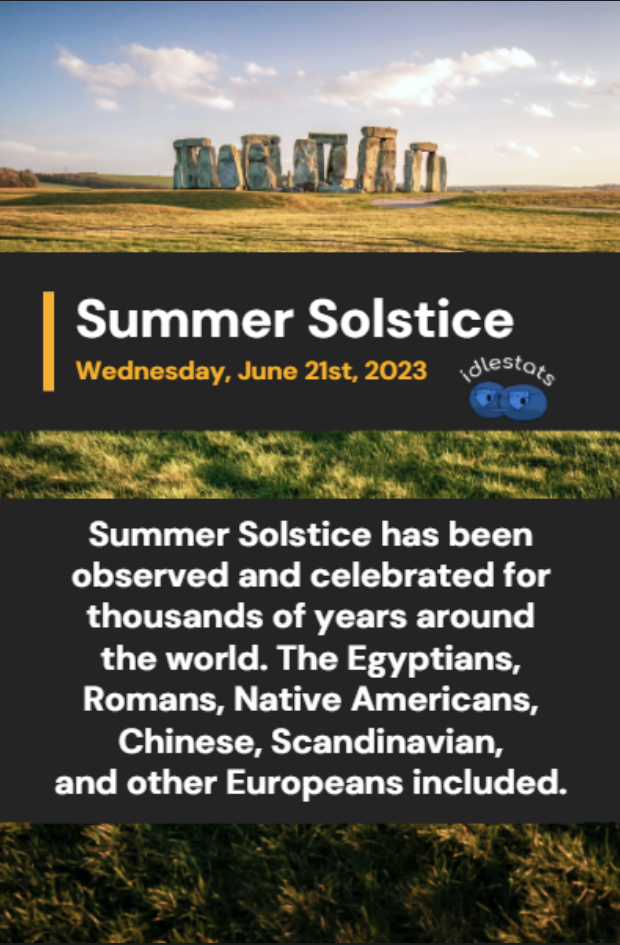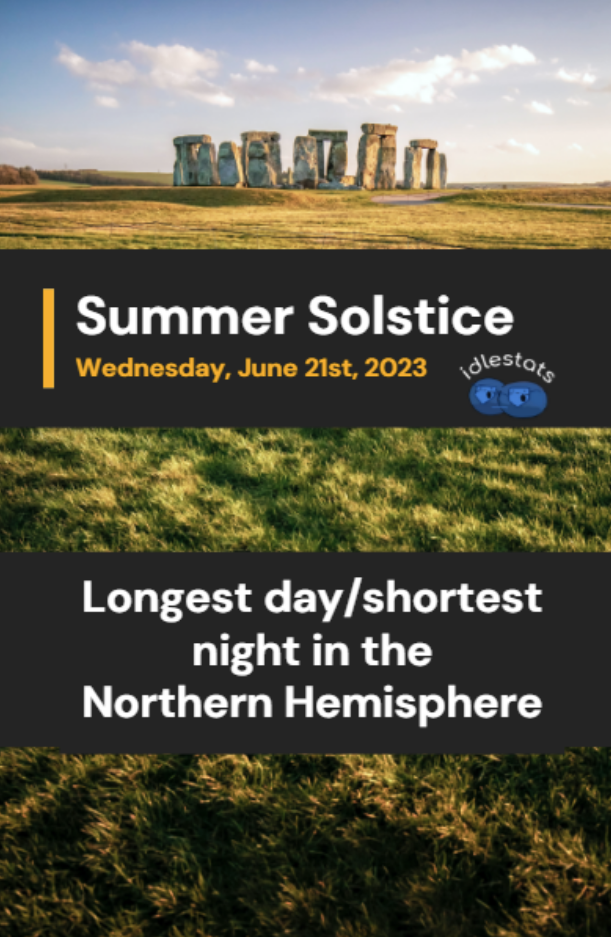Celebrating the Summer Solstice, International St. John’s Day, and Midsummer Day

The summer season brings with it vibrant celebrations that embrace the longest day of the year. From the awe-inspiring Summer Solstice to the joyous festivities of International St. John’s Day and the enchanting Midsummer Day, these events hold cultural and historical significance around the world. In this article, we will explore the traditions and customs associated with these special occasions.
The Summer Solstice: Embracing the Power of Light
The Summer Solstice marks the pinnacle of the sun’s power as the Northern Hemisphere experiences its longest day and shortest night. Occurring between June 20th and 22nd, this astronomical event has captivated civilizations throughout history. Ancient cultures such as the Egyptians, Greeks, Native Americans, Chinese and Romans held festivities to honor sun deities and celebrate the triumph of light over darkness.

International St. John’s Day: A Feast for the Senses
On June 24th, International St. John’s Day, also known as the Feast of St. John the Baptist, is celebrated in many countries. This day holds deep religious significance, commemorating the birth of St. John the Baptist, the prophet who baptized Jesus Christ. The festivities often intertwine with the Summer Solstice, as they are closely linked in time.

Midsummer Day: Reveling in Nature’s Bounty
Midsummer Day, which also falls on June 24th, celebrates the bountiful beauty of the summer season. This day holds great importance in Nordic countries like Sweden, Finland, and Norway, where it is one of the most cherished holidays. Traditional customs include dancing around Maypoles adorned with flowers and wreaths, indulging in delicious feasts, and lighting bonfires to ward off evil spirits.

Stonehenge: An Enigmatic Summer Solstice Gathering
Stonehenge, the iconic prehistoric monument in England, draws thousands of visitors each year for the Summer Solstice. Positioned to capture the rising sun, this ancient structure serves as a stunning backdrop for witnessing the first rays of light on this special day. Although the exact purpose of Stonehenge remains a mystery, the site holds immense cultural and historical significance.

Celebratory Traditions:
Bonfire Leaping: On International St. John’s Day, some individuals take part in the exhilarating tradition of leaping over bonfires. This daring act is believed to bring good luck and protect against evil spirits, and it certainly adds a thrill to the festivities.
Ribbon-Tied Fun: During Midsummer Day celebrations, the Maypole dance takes center stage. It’s not uncommon for participants to get tangled up in the ribbons while dancing around the pole, creating a humorous and festive atmosphere.
Conclusion:
The Summer Solstice, International St. John’s Day, and Midsummer Day offer a plethora of traditions and celebrations that embrace the beauty and vibrancy of the summer season. From the captivating allure of Stonehenge to the joyous dances and bonfires, these occasions bring communities together to revel in the power of light, celebrate cultural heritage, and embrace the abundance of nature. As the sun reaches its zenith and the world comes alive, let us cherish these festive moments that fill our hearts with joy and connect us to the rhythms of the Earth.


